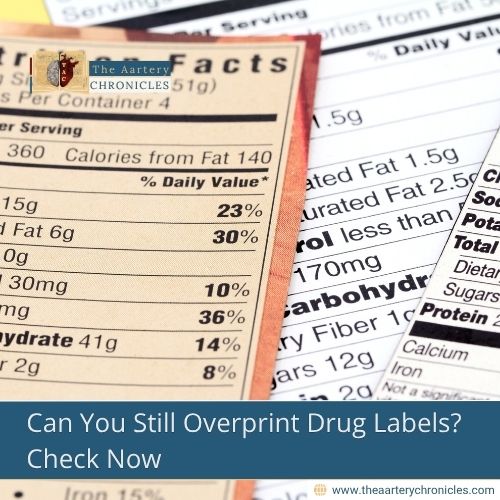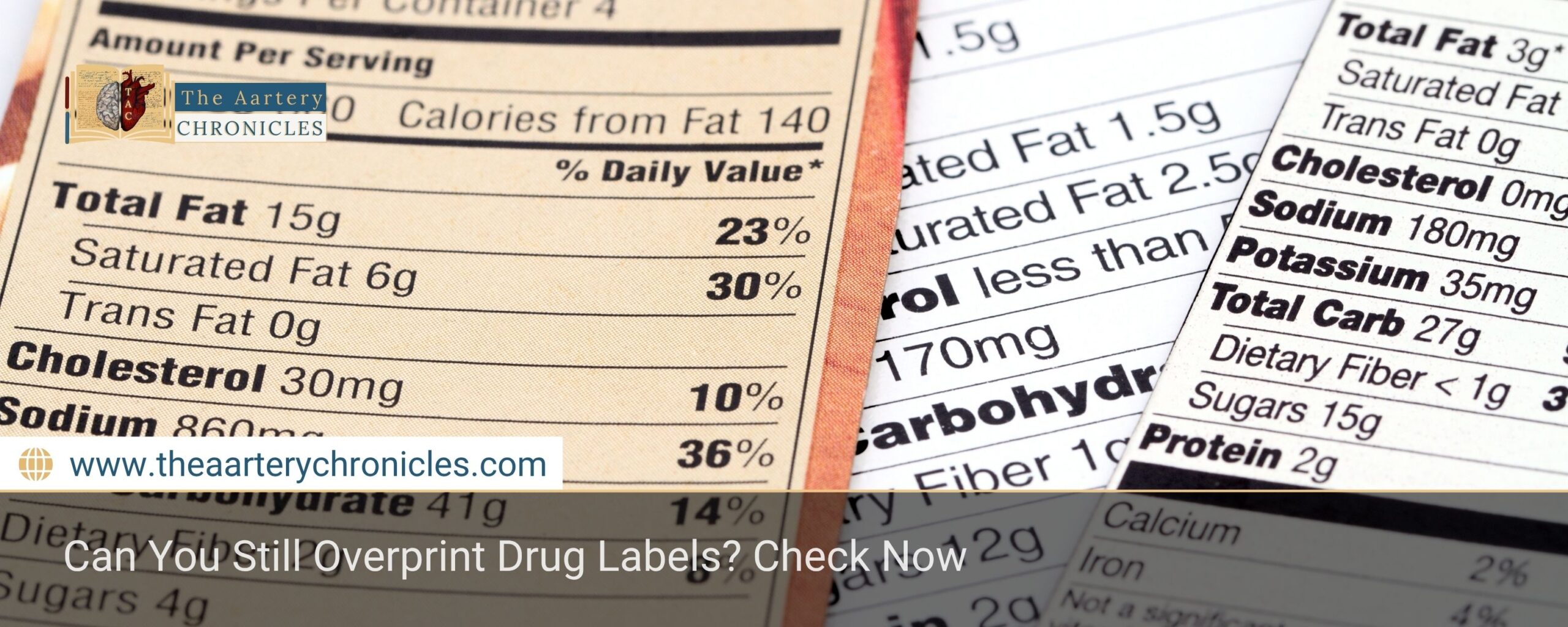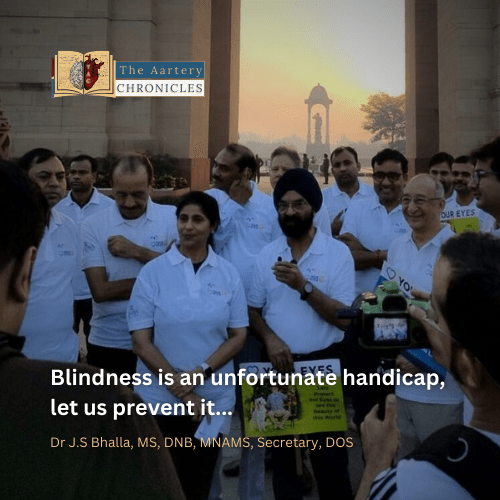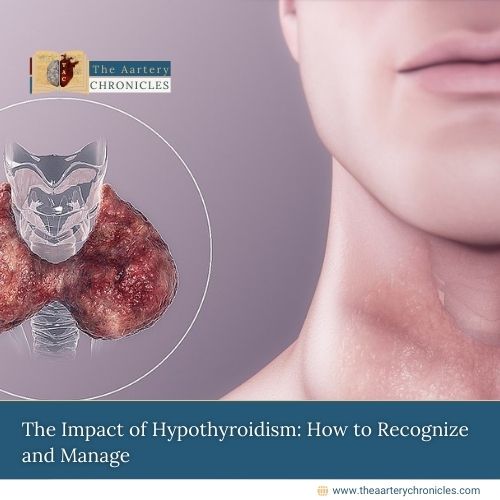

Can You Still Overprint Drug Labels? Check Now
The Central Drugs Standard Control Organisation (CDSCO), has issued an important update regarding the labeling of imported medicines. According to a new clarification issued on May 26, 2025, only licensed importers are permitted to make changes to the labels of imported drug products, and even then, only under strict conditions.
This move aims to ensure transparency, quality, and regulatory compliance in the labelling of medicines imported into the country.
What Is the New Rule About?
According to Rule 104A of the Drugs and Cosmetics Rules, 1945, no one is allowed to alter, remove, or cover up any marks, text, or labels put on a drug container by the original manufacturer. However, the rule does allow label changes if done with the prior approval of the Licensing Authority.
The CDSCO’s latest Office Memorandum clarifies that:
- Only imported drugs are allowed to have their labels changed.
- Only licensed importers with a valid manufacturing license in their name can carry out these changes.
- These label changes may include overprinting, stickering, or stamping to add specific information (like for hospital or government supplies).
Who Can Make These Label Changes?
To legally modify the labels of imported medicines, the following conditions must be met:
- The importer must hold a valid manufacturing license in their name.
- Labelling must be done at a licensed manufacturing facility.
- The facility must have proper storage and labelling equipment.
- There must be at least one qualified manufacturer and one Quality Assurance (QA) professional on site.
- A dedicated Quality Control (QC) lab is not required for this purpose.
These requirements ensure that only qualified and approved facilities handle sensitive operations like drug labelling.
What Type of Labeling Is Allowed?
The CDSCO allows importers to add or modify labels for reasons such as:
- Indicating the drug is meant for government supply (e.g., “CGHS Supply” for Central Government Health Scheme).
- Mentioning if the drug is for hospital use, clinical trials, or post-trial access.
- Adding physician sample notices or details for managed access programs.
However, these changes must follow strict rules:
- The original manufacturer’s label must remain visible.
- The license number and reason for overprinting must be printed on the modified label.
Simplified Process for Certain Drugs
Back in January 2020, the CDSCO had allowed a single, general approval for labelling changes across multiple products but only for drugs not sold in the open market. These include government-supplied drugs, clinical trial materials, and similar non-retail products. This streamlined the earlier process, which required separate applications for every product.
The new 2025 update builds on that clarification and reinforces that this labelling flexibility applies only to imported drugs, not domestic ones.
What Does This Mean for Stakeholders?
- Importers must ensure they have the appropriate licenses and staff before making any labelling modifications.
- Healthcare institutions and distributors should verify that labelled products meet CDSCO’s updated requirements.
- Regulatory teams should update their compliance protocols to reflect the new labelling rules.
Conclusion
This latest CDSCO clarification ensures that drug labelling is handled with care, transparency, and regulatory oversight. By limiting labelling changes to licensed importers with proper infrastructure, the CDSCO aims to protect patient safety while making the process more efficient and uniform.
Source: Inputs from various media Sources

Priya Bairagi
Reviewed by Dr Aarti Nehra (MBBS, MMST)
I’m a pharmacist with a strong background in health sciences. I hold a BSc from Delhi University and a pharmacy degree from PDM University. I write articles and daily health news while interviewing doctors to bring you the latest insights. In my free time, you’ll find me at the gym or lost in a sci-fi novel.








